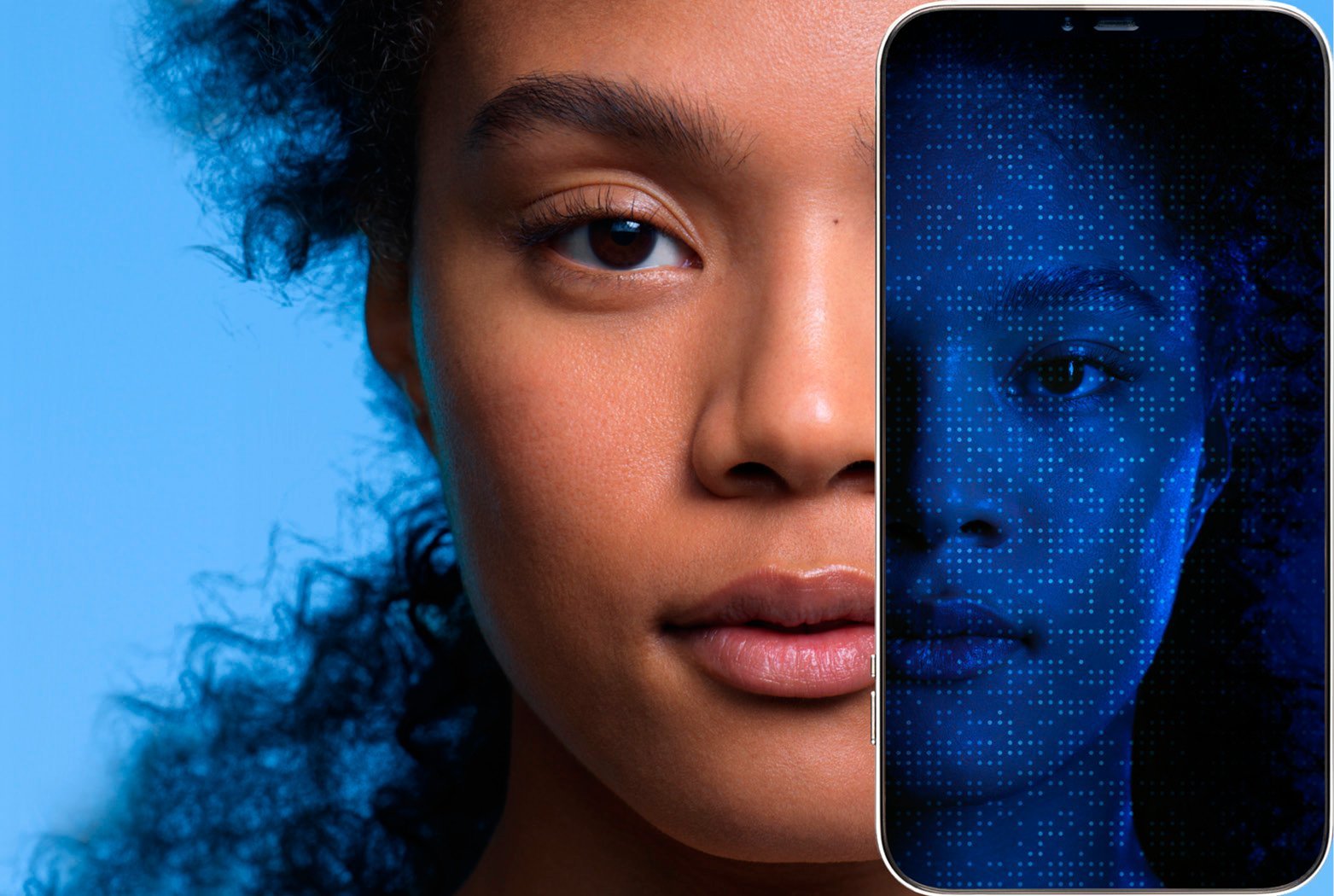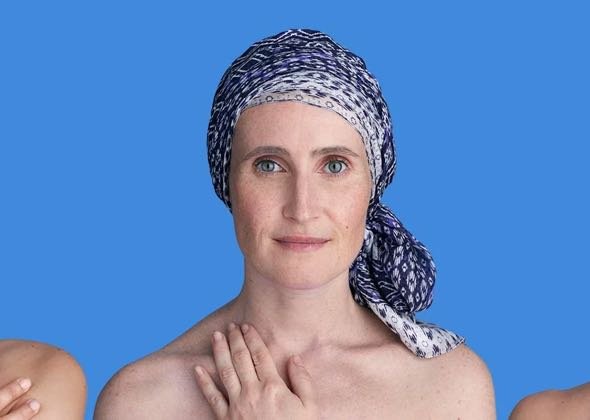WHAT ARE STITCHES?
Sutures, also known as stitches, are small loops of different types of fine, resistant thread. Their job is to hold a surgical wound together so that it forms a neat line and doesn’t gape or widen. They can be made of many different materials, either natural or synthetic, which are chosen to minimize the chances of adverse reactions.
Other than classic stitches, some small wounds can be closed using “butterfly stitches” (small pieces of adhesive tape) or special glue, while large surgical wounds (apart from on the face) are often closed with staples.
Some are dissolvable and will disappear on their own after a period of weeks (usually about 60 days), while others are non-dissolvable and will need to be removed after a set period depending on the site of the wound. Your doctor will tell you when to make an appointment to have them taken out.
HOW LONG SHOULD
STITCHES STAY IN?
Can stitches stay in too long?
When skin is healing with stitches, it is important to have clear instructions from your doctor on when they need to be removed. See below for a guide to how long stitches should stay in divided by body part. This sheet is made for your information purpose.
| Body Part | How long stitches should stay in (days) | |
| Adults | Children | |
| Scalp | 7-9 | 6-8 |
| Face and Neck | 4-6 | 4-6 |
| Chest, abdomen, back | 7-12 | 7-9 |
| Hand | 8-10 | 7-9 |
| Leg | 8-12 | 7-10 |
| Foot | 10-12 | 8-10 |
SKIN HEALING WITH STITCHES:
WILL MY STITCHES LEAVE SCARS?
How to prevent scarring from stitches
Some stitches leave no marks at all because they run entirely beneath the surface of the skin (the subcuticular technique favoured by plastic surgeons). Traditional stitches that look like knots sewing the wound together can leave little white dots of scar tissue, especially if left in too long, so make sure your doctor has given you clear instructions on when they need to be removed. Surgical technique is paramount as overly tight stitches can cause track marks as well as altering the shape of the wound. Staples will often leave small dots behind, which is why they are never used on the hands or face.
SCAR HEALING AND CARE:
WHAT TO LOOK OUT FOR
How can I make sure my skin is healing properly after surgery?
In the days following an operation or procedure, your wound should look pink and it may well ooze clear fluid or small amounts of blood. Contact your doctor if you notice any of the following:
- redness spreading from the wound site
- bleeding that won’t stop by applying pressure with a clean gauzeaa
- severe pain out of proportion with what your doctor told you to expect
- white or yellow pus oozing from the wound
- you feel feverish or generally unwell
SKIN HEALING CREAM
What scar care should I use to help my skin heal after stitches?
Ask your pharmacist about scar creams to optimise the healing process and help prevent scarring from stitches. It is important to understand that most surgical wounds will leave some kind of scar. The goal is to have the best possible scar by optimising skin healing after surgery.
Click HERE to learn more about scar healing.



